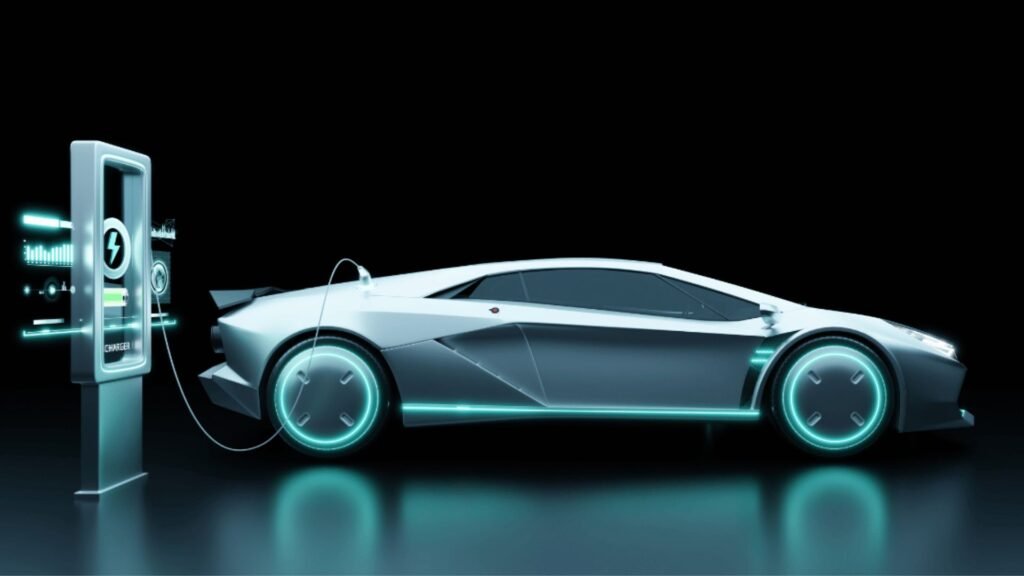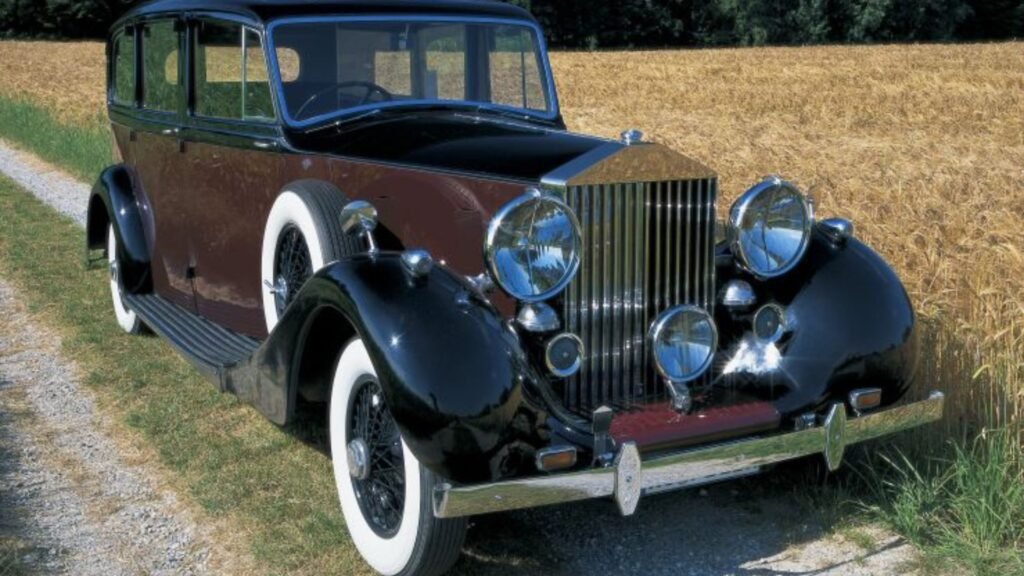How to Join a Vintage Car Club
Joining a vintage car club can be a rewarding experience for any classic car enthusiast. It’s a great way to meet like-minded people, share your passion, and learn more about vintage cars. Being part of a vintage car club opens up opportunities for car shows, social events, and access to valuable resources for maintaining and restoring your classic car. In this article, we’ll walk you through how to join a vintage car club and make the most of your membership.
Research Local Vintage Car Clubs
The first step to joining a vintage car club is to do some research. Start by looking for clubs in your local area. You can find information online, through social media, or by asking other classic car owners. Some vintage car clubs focus on specific makes or models, while others welcome all types of classic cars. Consider what kind of club interests you the most. For example, if you own a vintage Ford, you might want to join a club that focuses on Ford cars. Finding a club that aligns with your interests will make your experience more enjoyable.

Attend a Club Meeting or Event
Once you’ve identified a few vintage car clubs that interest you, the next step is to attend a club meeting or event. This will give you a chance to meet current members and see what the club is all about. Most vintage car clubs have regular meetings or gatherings, such as car shows, cruises, or social events. Attending these events will help you get a feel for the club’s atmosphere and community. It’s a great opportunity to ask questions and find out more about the benefits of joining.
Talk to Current Members
Talking to current members is an excellent way to learn more about a vintage car club. Members can provide insight into the club’s activities, membership requirements, and what it’s like to be part of the group. Don’t hesitate to introduce yourself and share your interest in vintage cars. Most vintage car enthusiasts are friendly and welcoming, and they’ll be happy to share their experiences with you. Getting to know the members will also help you decide if the club is a good fit for you.
Check Membership Requirements
Before you join a vintage club, it’s essential to check the membership requirements. Some clubs have specific rules, such as owning a particular type of car or paying an annual membership fee. Make sure you understand what is expected of members before you join. This information is usually available on the club’s website or can be provided by a club member. Knowing the requirements ahead of time will help you avoid any surprises and ensure that you meet the criteria.
Complete the Membership Application
If you’ve decided to join a vintage car club, the next step is to complete the membership application. Most clubs have a simple application process, which may involve filling out a form and providing some basic information about yourself and your car. Some clubs may also ask for a small membership fee, which helps support the club’s activities and events. Completing the application is straightforward, and once it’s approved, you’ll be a full-fledged member of the vintage club.
Get Involved in Club Activities
After joining a vintage car club, it’s essential to get involved in club activities. Participate in car shows, attend meetings, and join in on club cruises. Being active in the club will help you build relationships with other members and get the most out of your membership. It’s also a fantastic way to show off your vintage car and share your knowledge with others. The more involved you are, the more you’ll enjoy your experience as part of the vintage club.
Share Your Knowledge and Learn from Others
One of the benefits of joining a vintage car club is the opportunity to share your knowledge and learn from others. Vintage car clubs are full of enthusiasts who have a wealth of information about classic cars. Whether it’s tips on restoration, maintenance advice, or stories about their own car experiences, you’ll find plenty of valuable insights. Don’t be afraid to ask questions and offer your advice. Sharing knowledge is a big part of what makes being in a vintage club so enjoyable.
Participate in Car Shows and Events
Car shows and events are a major highlight of being in a vintage car club. These events are a great opportunity to display your car, see other classic cars, and meet fellow enthusiasts. Most vintage car clubs host or participate in car shows regularly, giving you plenty of chances to show off your pride and joy. Participating in these events will not only enhance your experience but also help promote the club and its activities.
Enjoy the Social Aspects
Joining a vintage car club is not just about the cars; it’s also about the social connections. Many clubs host social events like picnics, barbecues, and dinners. These gatherings provide a relaxed environment to chat with other members, make new friends, and enjoy your shared love of vintage cars. The social aspect of a vintage car club can be just as rewarding as the car-related activities.
Contribute to the Club’s Success
As a member of a vintage car club, you have the opportunity to contribute to the club’s success. Volunteering for events, helping organize meetings, or taking on a leadership role can be fulfilling. Your involvement can make a difference and help the club thrive. Plus, contributing to the club’s activities is a great way to feel more connected and take pride in being a part of the group.
Stay Informed with Club Newsletters and Updates
Most vintage car clubs offer newsletters or email updates to keep members informed about upcoming events, club news, and important announcements. Make sure you read these communications to stay up-to-date with what’s happening in the club. Staying informed will help you participate more actively and make the most of your membership.
Take Advantage of Member Discounts
Many vintage car clubs offer member discounts on parts, services, and event entry fees. These discounts can be a valuable perk of your membership, saving you money on car maintenance and restoration. Be sure to take advantage of any discounts offered by your vintage car club to get the most value from your membership.
Network with Other Enthusiasts
Networking is another great benefit of joining a vintage car club. You’ll have the chance to meet people who share your interests and build connections that can be helpful for your car projects. Whether you’re looking for advice, parts, or just someone to chat with about vintage cars, your fellow club members can be a valuable resource.
Promote Your Vintage Car Club
Being part of a vintage car club also means promoting the club and its activities. Encourage other classic car enthusiasts to join, share club events on social media, and invite friends to attend meetings or shows. Promoting your club helps grow its membership and ensures that it remains active and vibrant.
Conclusion
Joining a vintage car club is a fantastic way to connect with other classic car enthusiasts, learn more about vintage cars, and participate in exciting events. By following these steps, you can find the right club for you, get involved, and enjoy all the benefits of being a member. Whether you’re new to vintage cars or have been an enthusiast for years, joining a vintage car club can enhance your experience and passion for these timeless vehicles.










